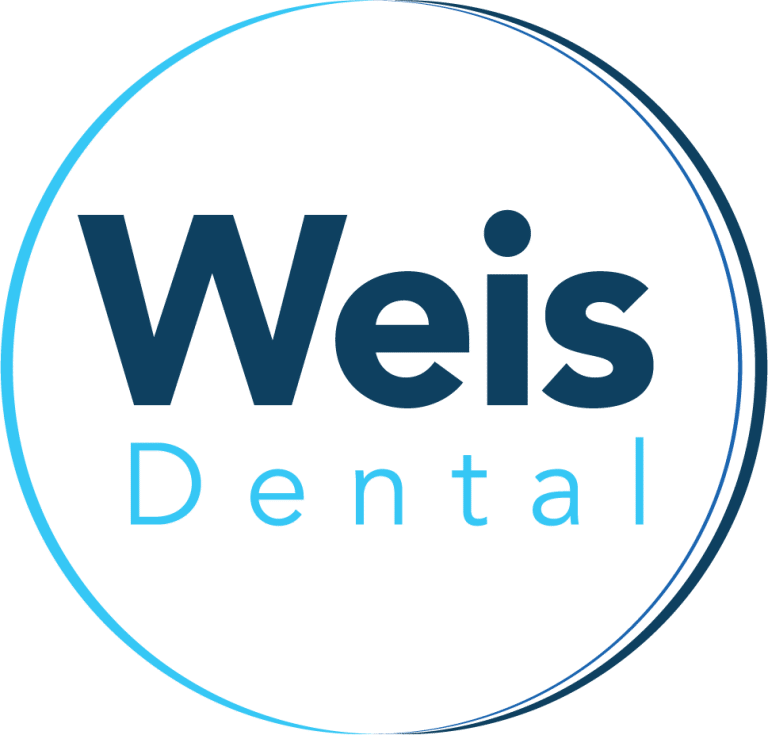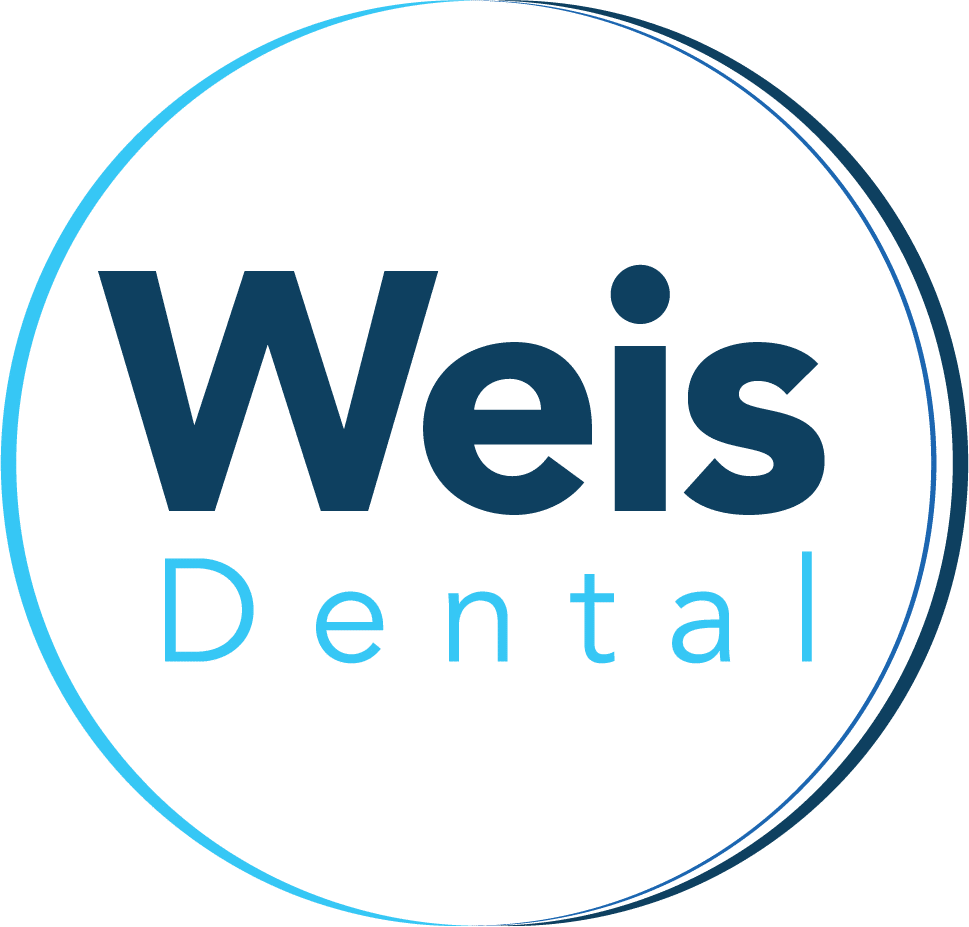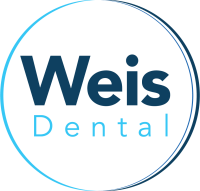Nitrous
Procedure Purpose
Nitrous is used to ease patients’ anxiety and apprehension during dental procedures. It also raises the pain threshold and helps with gag reflexes. It is also known as “sweet air” or “laughing gas”.
Nitrous is used when a patient is having a restorative procedure done and will always be used for patients 13 and under. When the patient is over the age of 13 we still recommend using nitrous, but we can attempt if the patient and/or parent/guardian requests not to use it.
Procedure Overview
A fitted mask is placed over the patient’s nose and they are instructed to breathe/inhale normally through their nose. The nitrous will be administered throughout the procedure. After the procedure is completed the patient will continue to breathe in oxygen through the mask for approximately 5 minutes to flush out nitrous. The patient’s blood pressure will be obtained and recorded before and after nitrous is administered.
FAQs
Nitrous oxide is a blend of two gasses, oxygen and nitrogen. It is a sedative agent used to aid in relieving a patient’s fear, anxiety, apprehension, etc. towards dental procedures and enhance effective communication between patient and doctor/dental assistant.
It helps the child to calm down and relax, which allows them to sit still and cooperate for the doctor to successfully complete treatment. It also works well for patients with a gag reflex and raises the pain threshold. If your child is worried by the sights, sounds, or sensations of dental treatment, they will respond more positively to the use of nitrous.
Your child will smell a sweet aroma and experience a sense of relaxation. Since it may produce a feeling of giddiness or euphoria, it is often called “laughing gas”. Children sometimes say that their arms and legs feel “tingly”.
There are no lingering side effects. The nitrous will be flushed out of your child’s system immediately after the completed procedure by inhaling oxygen for 5 minutes.
Yes, it is entirely safe. Nitrous oxide is the safest sedative in dentistry and is generally tolerated well by patients. It has a rapid onset, is reversible, can be adjusted in various concentrations, and is non-allergenic. Your child remains fully conscious and will keep all natural reflexes and will be capable of responding to any questions or requests during the procedure.
Give your child little or no food in the two hours leading up to the appointment. Tell the dentist about any respiratory condition that makes breathing through the nose difficult. Tell the dentist if your child is taking any medications on the day of the appointment.
We use nitrous on all patients under the age of 13. If you don’t feel comfortable, we can attempt treatment without nitrous. However, if your child becomes apprehensive or uncooperative, the doctor will have to use it. In the instance where we have to use nitrous, you will be notified prior to administration.
Follow-Up Instructions
- After the procedure, the dentist will administer 100% oxygen to your child for 5-10 minutes before removing the mask. This will help flush out all of the nitrous oxide out of your child’s system.
- Nitrous oxide does not have any long-lasting side effects.
- Your child’s blood pressure will be checked and the patient will be assessed for full recovery.
- Your child will then be dismissed once they are fully recovered.
- Your child may resume normal activities once dismissed from our office
Whether an accident happens during our normal business hours or not, know that you can call us and have your child treated promptly.
Call our office at 757-703-1923. If it is after hours or on the weekend, one of our doctors or a team member will get back to you.


